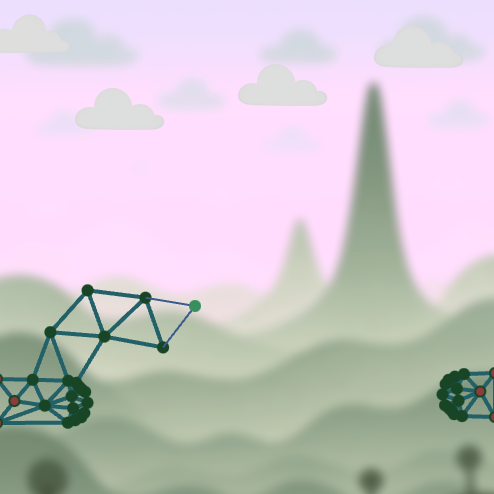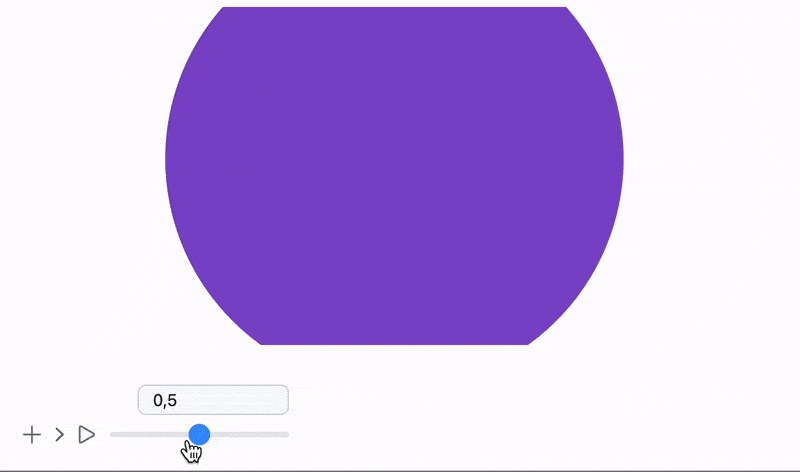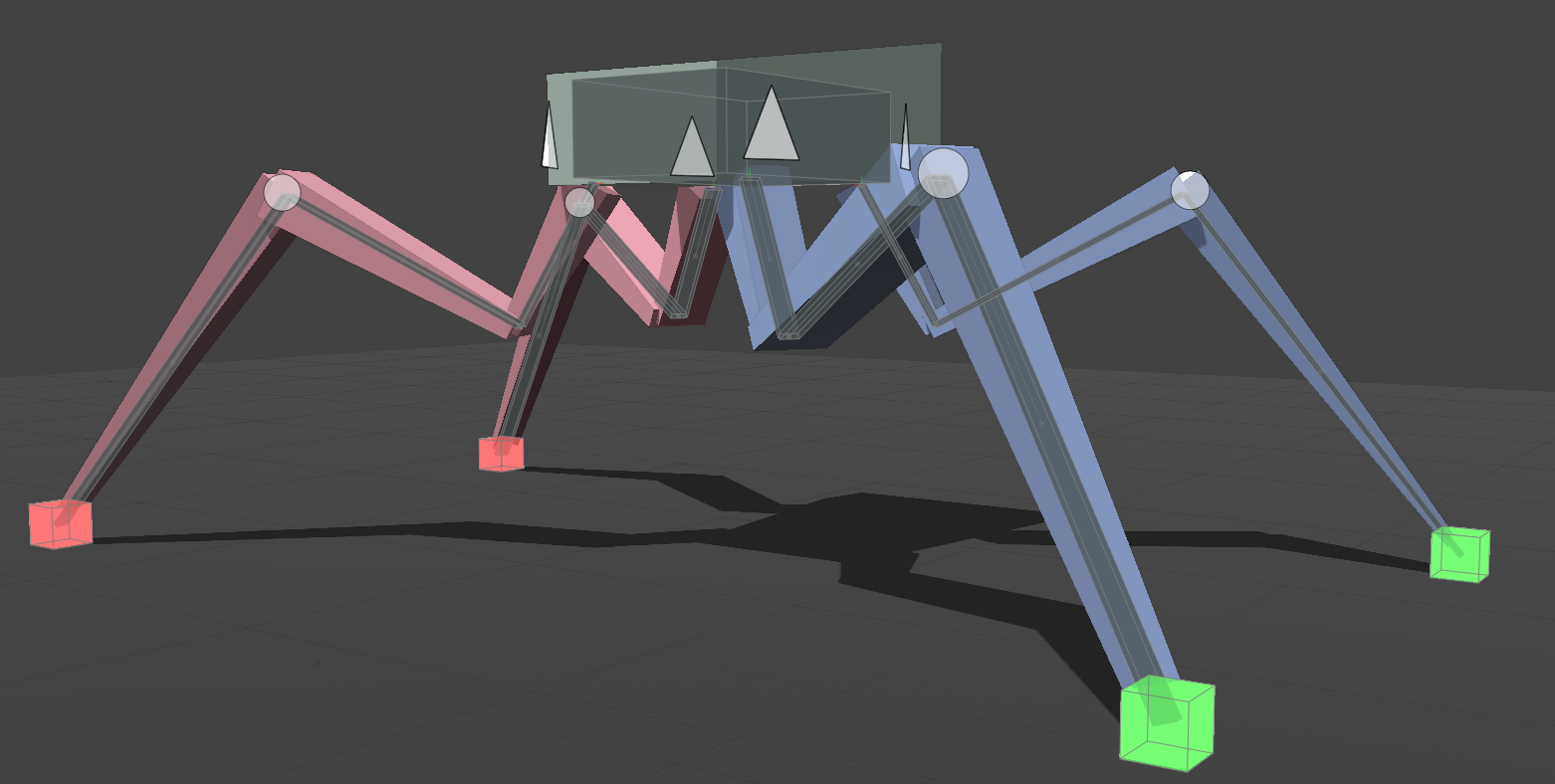We’ve been tinkering with Gaussian-splats for a while, and today we’re releasing our small, but useful tool SplatMesh — a Wolfram Language paclet for rendering (with spark.js), and basic editing splats right inside your WLJS or Mathematica notebook workflow.
⚠️ Accurate rendering is not possible in Mathematica, but only preview as point clouds
TL;DR
In this short post I’ll walk through:
- import a noisy Scaniverse capture,
- define a cylindrical region of interest,
- filter splats with a single predicate (functions receive
[index, center, scales, quaternion, opacity, color]), - preview as 3D points (Mathematica-friendly ✨),
- and export the result.


-d50a7ba43aa803d771af46637606cc2f.jpg)





